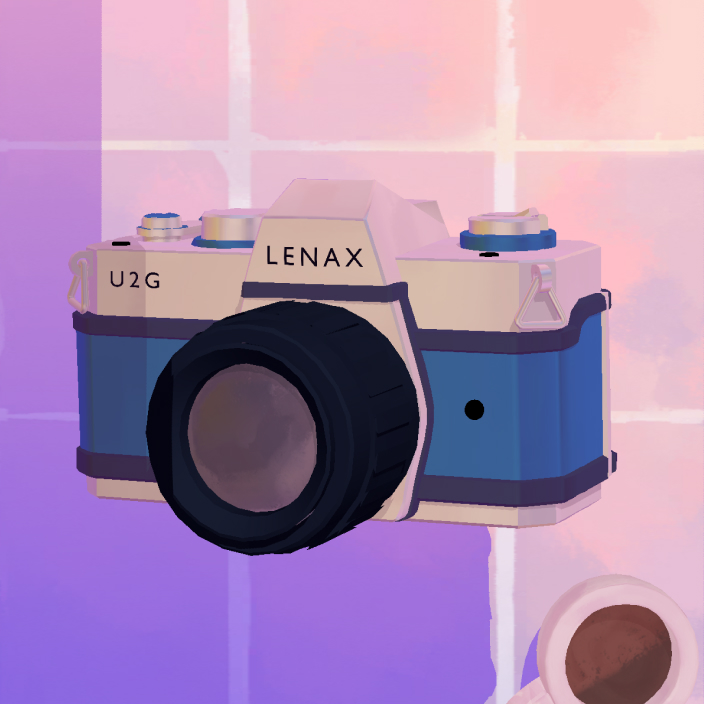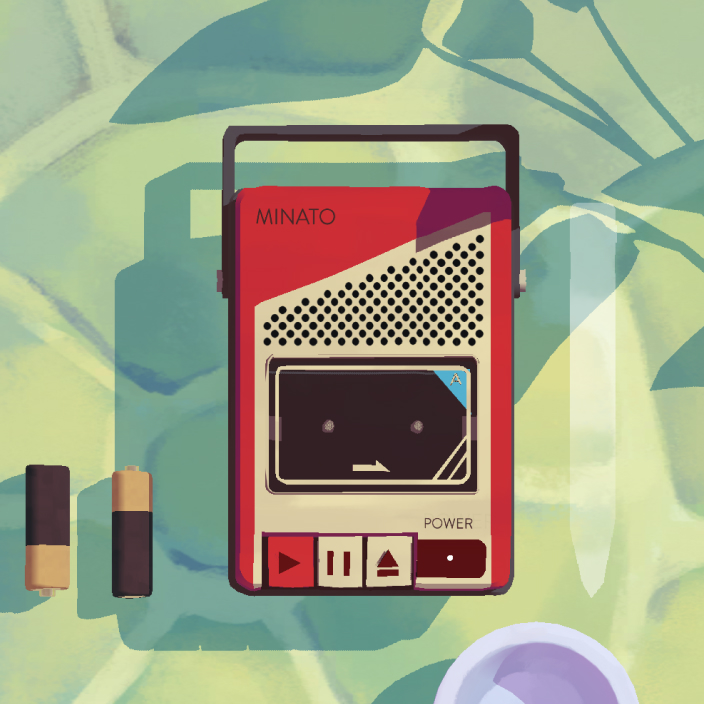
Assemble with Care and the joy of fixing things
5 min read Jul 9, 2020
I recently subscribed to Apple Arcade, and first on the download list was Assemble with Care, a game made by Monument Valley creators ustwo. Games, like any other media, draw me in for a variety of reasons. Some offer puzzles or challenges of skill. Others present the chance to experience a rich virtual environment or perhaps do things that aren’t possible in the real world.

Assemble with Care drew me in with the emotional experience created at the junction of beautiful art, an excellent soundtrack, unobtrusive controls, and a generous dose of nostalgia. It’s centered around the protagonist Maria, who travels about repairing other characters’ precious objects.
Some, like the Lenax SLR camera and Minato tape player, subtly nod to real-life objects like vintage Pentax cameras and tape players from Sony, which is headquartered in Tokyo’s Minato ward.


The puzzle-like sessions of turning the virtual screwdriver and reconnecting wires are not an end in themselves. They are a means of repairing relationships between the other characters in the game. It’s a game that deliberately focuses on empathy towards people from all walks of life and respect for the material things in our lives.
It’s that last point that resonated strongly with me.
Fixing is part of my identity
I remember watching my father repair things around the house when I was a child. Whether it was digging in the lawn to patch a broken irrigation pipe or removing the toilet to replace a seal, seeing him, my father, fix things imbued in me a sense that doing repairs is as natural a part of life as eating and breathing.
Perhaps it’s because he is from India, a country with a deep culture of frugal and improvised repairs, or maybe because of his hands-on training in engineering school. Whatever the reason, by the time I was a teenager, that do-it-yourself mentality had firmly rooted itself in my identity.
Naturally, those around me picked up on it, and I built a reputation for bringing life back to old electronics. Friends have given me damaged objects like mechanical keyboards and mice, which I brought back to life. I even recently disassembled and fixed our broken dishwasher at home.
A favorite story
My favorite story is when a housemate who loves musical instruments and electronics came home with a non-functioning DJ controller that he bought from a store for nearly nothing.
We opened it up and stared at it, looking for the usual defects like a failed capacitor or a severed wire, but saw nothing obvious. We spent hours poring over it, trying to make sense of why it wasn’t working. Then, while looking at some tear-down photos we found on the internet, we noticed the problem. One of the surface mount resistors on the board was missing. We could see a scratch where it seemed like someone had accidentally pried it off while hastily opening up the device with a screwdriver.
We zoomed in to the photo to read the code off of the resistor. We found a matching through-hole resistor and soldered it in place. We knew it was a long shot but still plugged it into the computer. Low and behold, it powered up as if nothing was wrong.
He still has it to this day. I recently caught a glimpse of it in the background of his girlfriend’s live stream, where he was helping out with audio and video. Seeing it sparked in me a sense of joy.
We are stewards of the objects we own
Watch a story about the owner of a priceless collectible car or wristwatch, and you’ll notice that they often state that they aren’t the owner of that object, but instead the steward who is keeping it till it moves on to the next owner.
It’s that same feeling that I have about all the objects in my possession. Whether it’s a vacuum cleaner, a knife, or tape measure, when I look at it, I think about the people that brought it to fruition. I think of the people who designed it, assembled it, shipped it across continents, and placed it on a store shelf. When it breaks, I think of its possible future in a landfill somewhere, all of that effort then forgotten. No object deserves that future.
I know that it isn’t worth my time to fix the things I own. If I do a financial cost-benefit analysis, I clearly should throw them away. However, I’d like to think that my clear conscience and a tiny bit of environmental impact make it worth it.
Fixing culture
Today, we are still feeling the wave of change brought on by industrialization. Objects can indeed be produced economically and at scale, but with those advances have come a whole host of adverse effects. Things in our lives have never been more disposable, cheaply made, or difficult to repair. If these trends continue unopposed, I fear the future we have ahead of us.
Fortunately, I’m not alone in opposing the possible bleak vision of tomorrow. There are websites like iFixit that make a living helping consumers repair their things, hobbyists, like Odd Tinkering on YouTube, restoring old worn objects back to new, and repair cafés, where volunteers offer repair services for free.
Every object has its story. By maintaining, repairing, and keeping our objects for longer, we can make those stories deeper and more meaningful.
Thanks to Q for reading drafts of this.